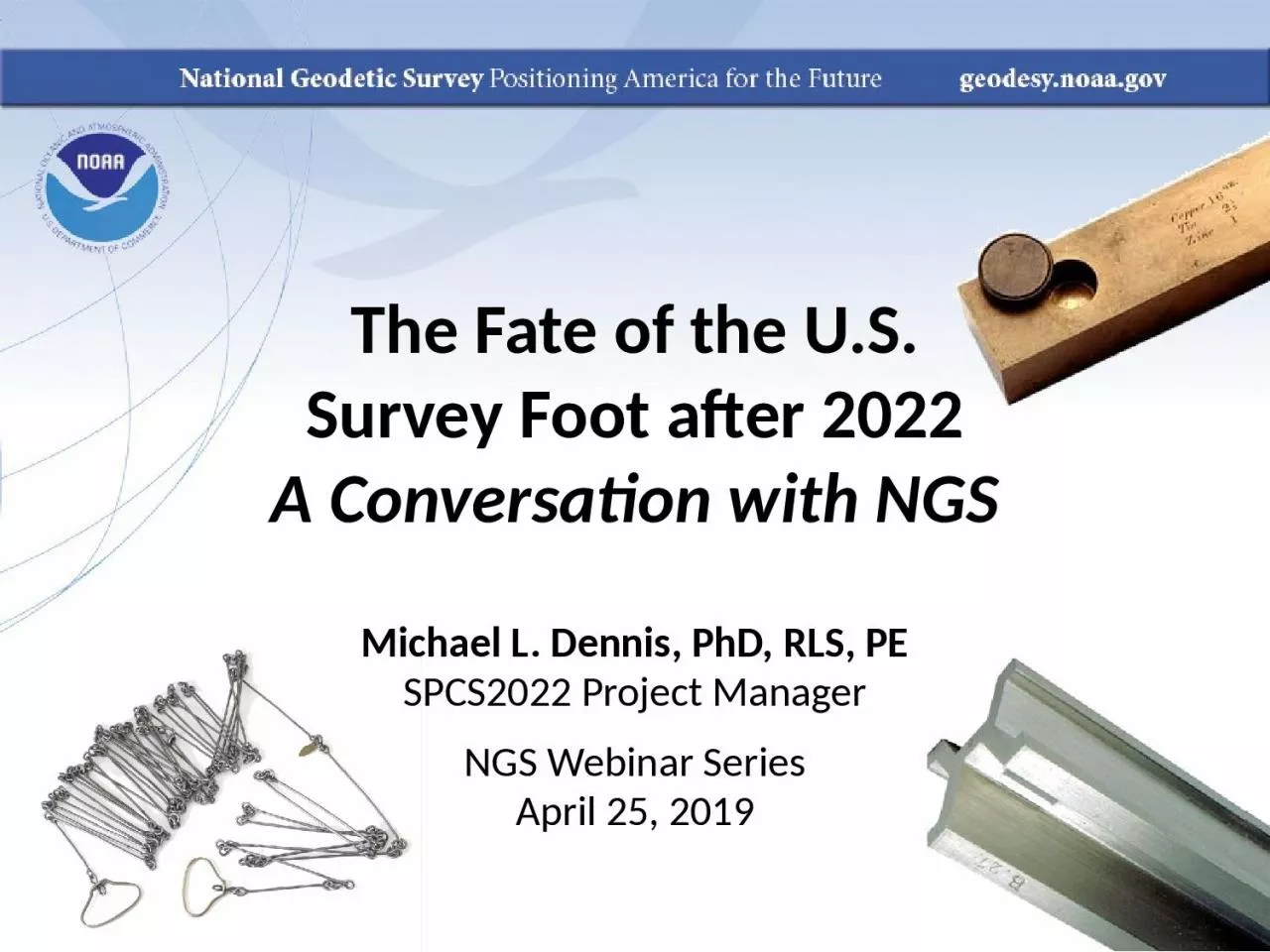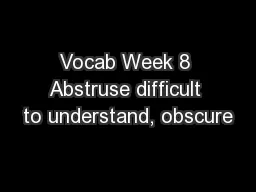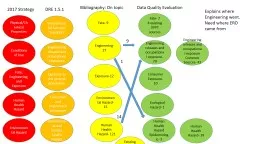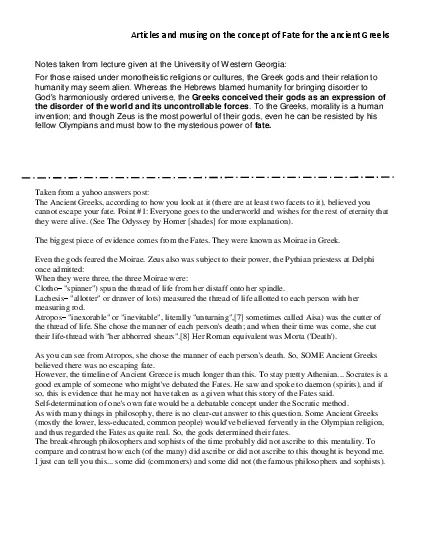PPT-The Fate of the U.S. Survey
Author : lucy | Published Date : 2024-03-15
Foot after 2022 A Conversation with NGS Michael L Dennis PhD RLS PE SPCS2022 Project Manager NGS Webinar Series April 25 2019 2 Putting our best foot forward The
Presentation Embed Code
Download Presentation
Download Presentation The PPT/PDF document "The Fate of the U.S. Survey" is the property of its rightful owner. Permission is granted to download and print the materials on this website for personal, non-commercial use only, and to display it on your personal computer provided you do not modify the materials and that you retain all copyright notices contained in the materials. By downloading content from our website, you accept the terms of this agreement.
The Fate of the U.S. Survey: Transcript
Download Rules Of Document
"The Fate of the U.S. Survey"The content belongs to its owner. You may download and print it for personal use, without modification, and keep all copyright notices. By downloading, you agree to these terms.
Related Documents














